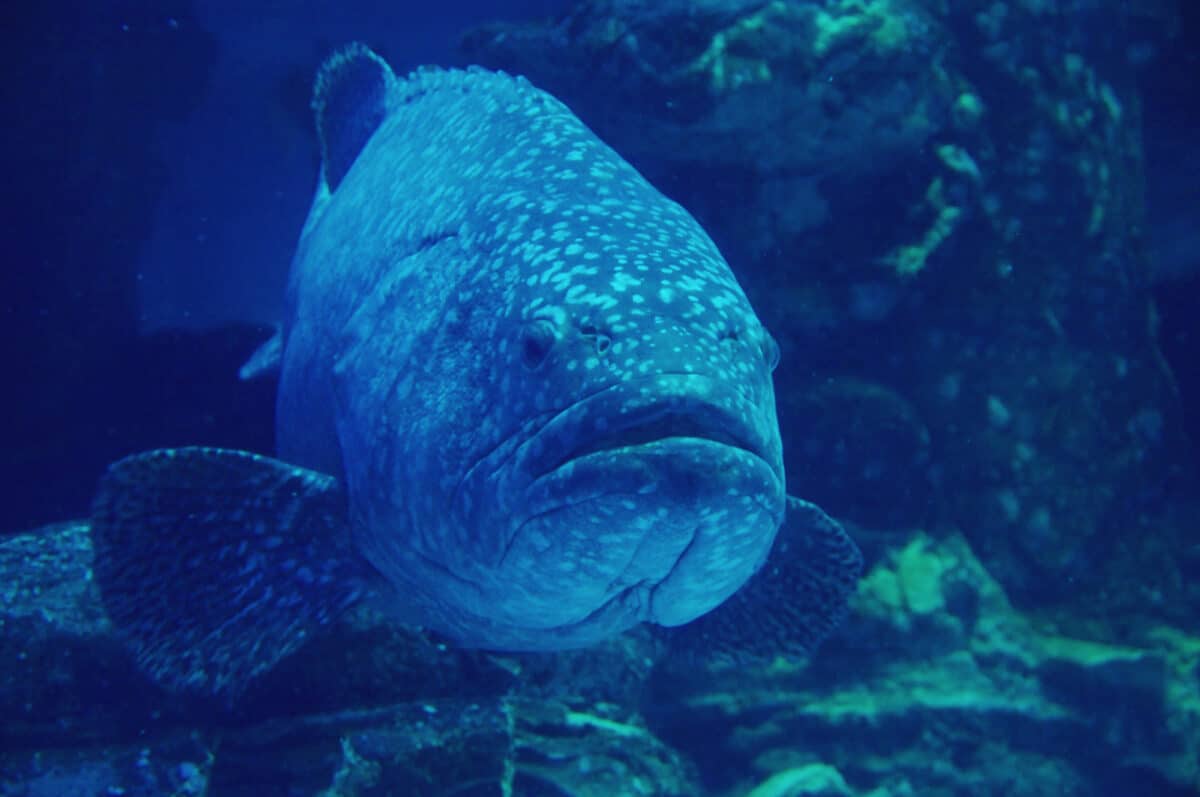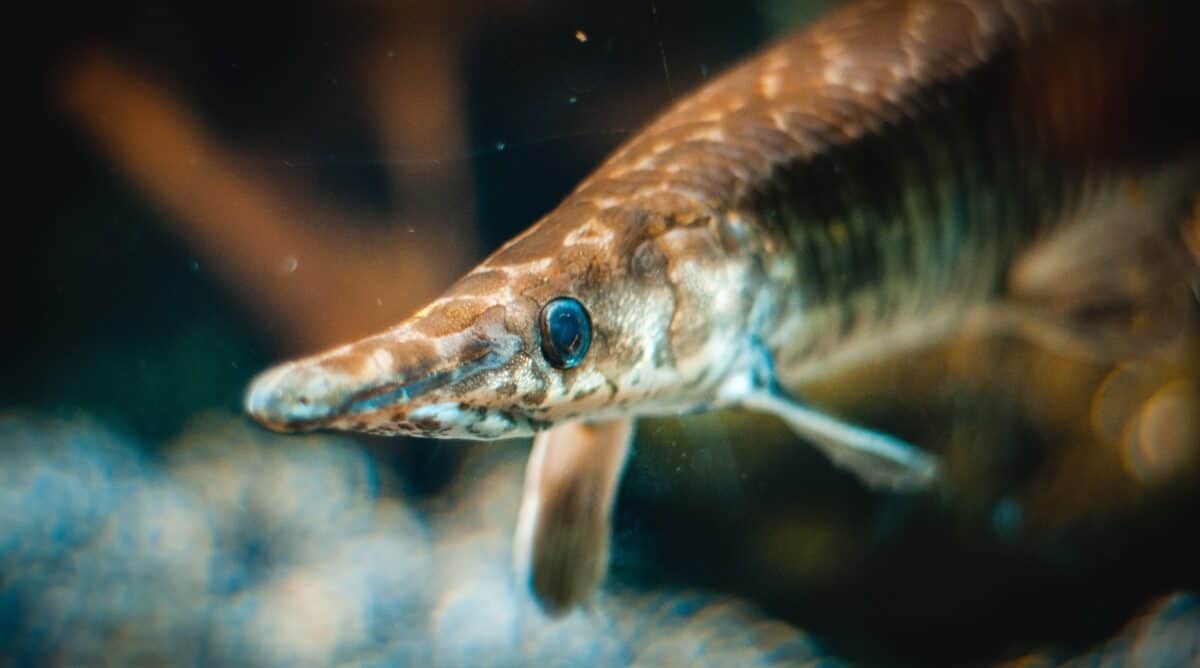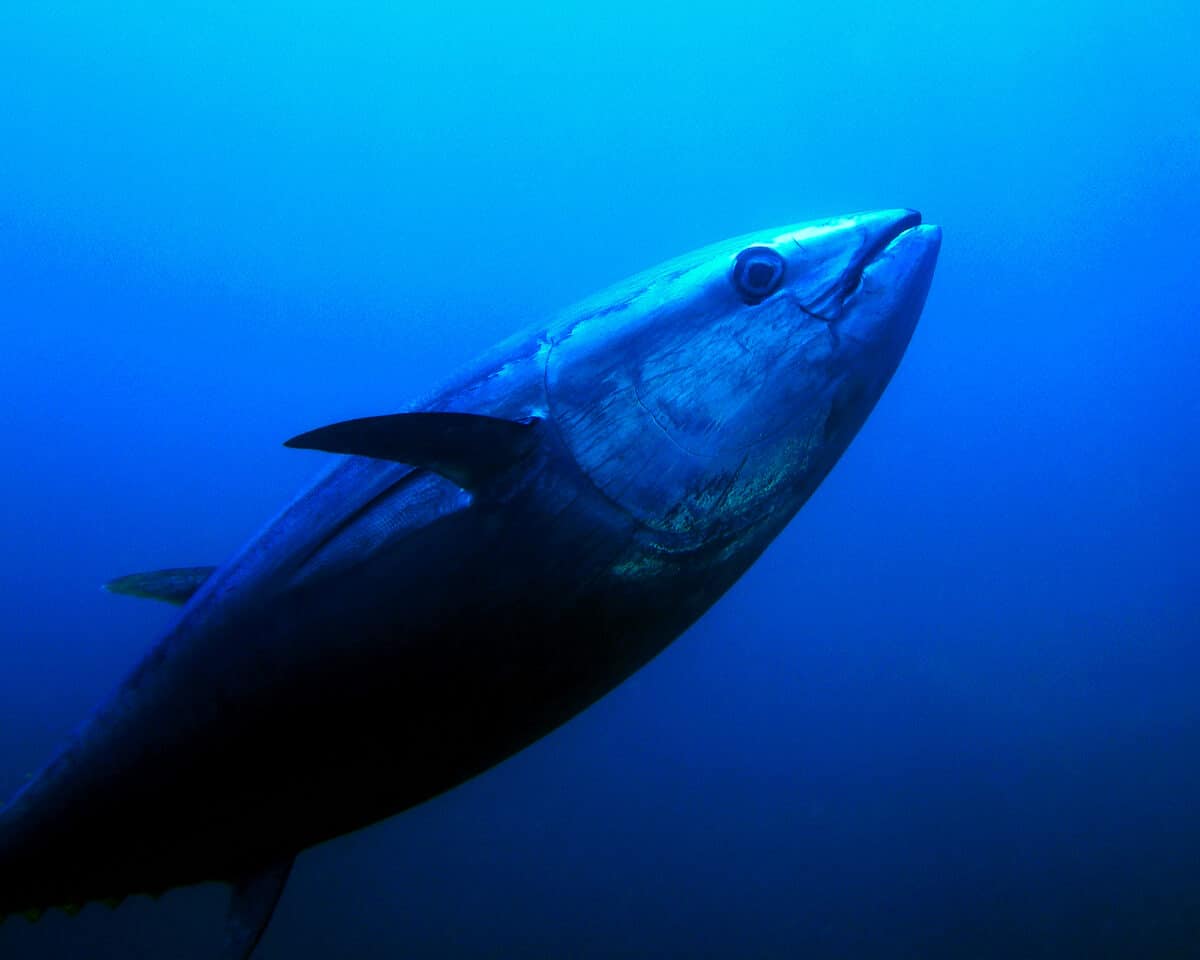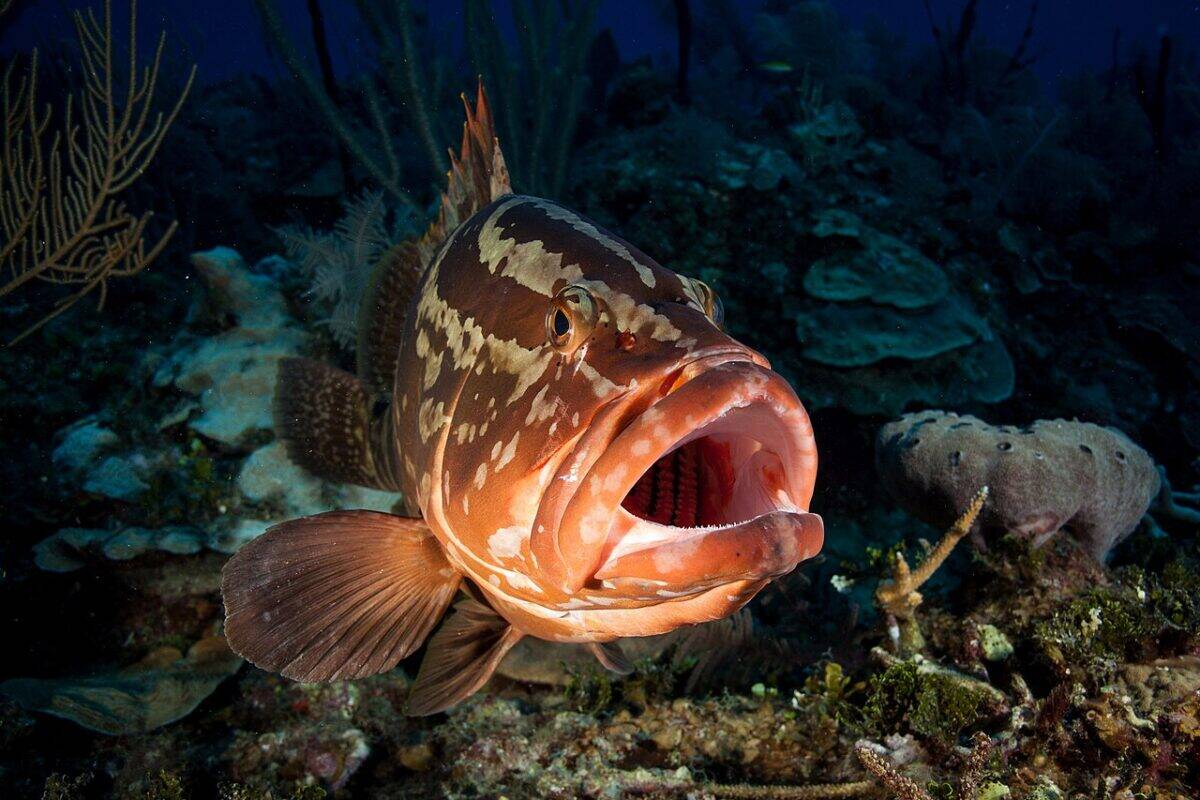When we think of the ocean’s giants, we often picture marine mammals like whales or colossal squids lurking in the abyss. But the fish kingdom also boasts some hefty heavyweights that continue to intrigue, bewilder, and, unfortunately, draw the attention of hunters. This article explores 11 massive fish species that are still being hunted today. Their continued pursuit raises critical questions about sustainability, conservation, and the balance between human activities and marine ecosystems.
Goliath Grouper

The goliath grouper, native to the Atlantic Ocean, is a behemoth of a fish that can grow up to 8 feet in length and weigh over 800 pounds. Despite its massive size, this species faced severe threats from overfishing. Due to their slow growth and late maturity, population recovery is challenging, prompting regulations to limit their capture. Nonetheless, illegal fishing still poses a significant risk.
Atlantic Bluefin Tuna

Renowned for their speed and endurance, Atlantic bluefin tuna are among the most sought-after fish in the world, primarily for sushi and sashimi markets. They can reach up to 10 feet in length and weigh over 1,000 pounds. Their lucrative market value has led to overfishing, causing international conservation concerns. Efforts are underway to manage and protect these majestic tunas, but challenges remain due to high demand.
Beluga Sturgeon

Famous for producing luxurious caviar, beluga sturgeon are massive, ancient fishes found mainly in the Caspian and Black Seas. They can live for over a hundred years and grow to weigh over a ton. Overfishing for their valuable roe has critically endangered these giants. Conservation initiatives focus on sustainable farming practices and anti-poaching measures to safeguard their future.
Mekong Giant Catfish

Indigenous to the Mekong River in Southeast Asia, the Mekong giant catfish is one of the world’s largest freshwater fish, capable of reaching lengths of up to 10 feet. Environmental changes, coupled with overfishing, have led to significant population declines, making them critically endangered. Conservationists are working on habitat preservation and fishing regulations to protect these gentle giants.
Alligator Gar

With its prehistoric appearance, marked by a long, narrow body and a mouth full of sharp teeth, the alligator gar can grow up to 10 feet long. Native to North American rivers and lakes, they have been hunted excessively due to myths and misconceptions about their threat to game fish populations. Conservation efforts aim to educate the public and regulate fishing practices to prevent further decline.
Greenland Shark

One of the longest-living vertebrates on the planet, the Greenland shark can live for over 400 years and grow up to 24 feet. Slow to mature, this deep-sea dweller faces threats from bycatch and targeted fishing. While not as heavily fished as other species, their longevity and slow reproduction make them highly vulnerable to even minimal exploitation.
White Sturgeon

The white sturgeon, North America’s largest freshwater fish, can reach up to 20 feet in length and live for more than 100 years. Found primarily in the Pacific Northwest, they face pressures from overfishing, particularly for their eggs, which are prized caviar. Conservation measures include habitat restoration and strict fishing limits to ensure their survival.
Great Hammerhead Shark

Distinguished by their broad, flattened heads, great hammerhead sharks are apex predators that can grow up to 20 feet long. They are hunted for their fins, liver oil, and teeth, making them vulnerable to overfishing. As their population decreases, regulatory measures and shark sanctuaries have become crucial in their conservation journey.
Giant Oceanic Manta Ray

With wingspans exceeding 20 feet, giant oceanic manta rays are a sight to behold. They are hunted primarily for their gill plates, which are used in traditional medicine. While they are protected in some regions, illegal fishing continues to threaten these graceful creatures, and global conservation efforts focus on establishing marine protected areas.
Nassau Grouper

Nassau groupers, another member of the grouper family, are prized for their meat and are found in the Western Atlantic Ocean. They face significant threats from overfishing, particularly during their spawning aggregations, making them vulnerable to population collapse. Efforts to establish closed seasons and marine reserves are essential to their recovery.
Pacific Blue Marlin

The Pacific blue marlin, known for its incredible speed and agility, can weigh over 1,000 pounds. Found primarily in tropical and subtropical waters, they are heavily fished for sport, leading to declining numbers. Conservationists advocate for catch-and-release practices and the development of sustainable fishing methods to preserve this majestic fish.
Conclusion:

In conclusion, these massive fish species, each remarkable in their own right, face significant threats from human activity. Whether driven by culinary desires, sport, or misconceptions, the continued hunting of these marine creatures highlights the urgent need for comprehensive conservation strategies. By balancing human interests with sustainable practices, we can ensure the survival of these ocean giants for future generations to admire and study.
- 12 Sea Creatures With Alien-Like Adaptations - August 12, 2025
- 14 Wild Animals That Navigate Using the Stars - August 12, 2025
- 14 Things Only Ferret Owners Will Understand - August 12, 2025

